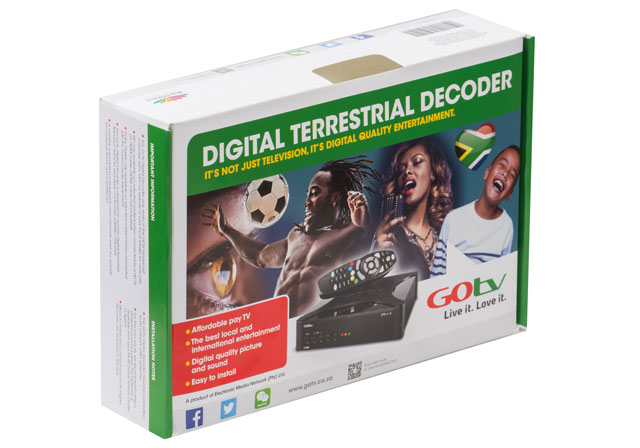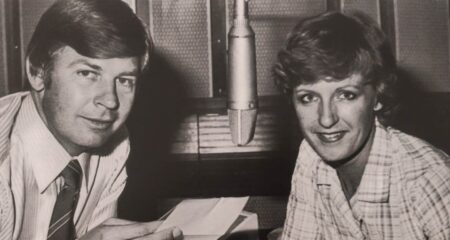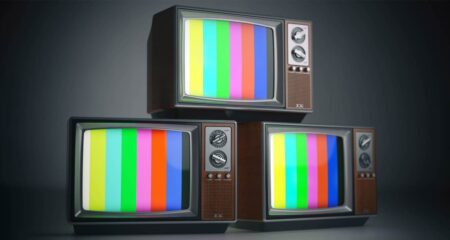
With little fanfare, South Africa this week kick-started the process of “dual illumination”, a significant milestone in the switch from analogue to digital terrestrial television (DTT) and a move that allows broadcasters finally to launch commercial digital services.
Dual illumination is the period — beginning on 1 February 2016 and expected to last several years — during which both old analogue and new digital signals will coexist. It’s meant to allow those consumers who watch terrestrial services like the SABC and e.tv to acquire the set-top boxes they will need to continue receiving services once the analogue signals are switched off at a future date yet to be determined by cabinet.
MultiChoice was first out the gates, launching its GOtv platform in South Africa on Wednesday. GOtv is already available in 10 other markets in sub-Saharan Africa, but its arrival in South Africa was delayed because of the time it has taken to get the digital migration project off the ground here.
Launched by MultiChoice subsidiary M-Net, GOtv offers 12 channels of standard-definition content for R99/month and a much cheaper package providing two channels, also in SD, for R49/quarter. Users also get access to free-to-air content from the SABC, e.tv and community broadcasters, but not if their GOtv subscription is not paid up. This is to cover the cost of decoder subsidies and support.
The launch of DTT in South Africa this week comes after years of government bungling over standards as well as disputes between commercial operators over encryption (still the subject of a legal challenge by e.tv).
Though South Africa long entertained lobbying by Japanese and Brazilian delegations over their broadcasting standard, known as ISDB-T, South Africa eventually stumped for the European standard, known as DVB-T — or rather, the updated DVB-T2 version thereof.
MultiChoice, meanwhile, emerged victorious in a long-running and acrimonious dispute with e.tv over whether government-subsidised set-top boxes should contain a conditional access system based on encryption. E.tv is now challenging a high court decision that found in favour of communications minister Faith Muthambi, with the supreme court of appeal in Bloemfontein set to hear the matter this year. It’s not clear what impact a victory at the appeals court would mean for the DTT process at this late stage.
Though e.tv and the SABC haven’t yet disclosed their DTT plans, both broadcasters already offer a number of channels that South Africans with a compliant set-top box, including the GOtv box launched this week by MultiChoice, are able to view.

At the time of writing, the SABC was broadcasting SABC1, SABC2, SABC3, SABC News and SABC1 HD. E.tv’s line-up consisted of e.tv HD, eAfrica+, eKasi+, eMovies+ and eToonz.
GOtv’s 12-channel “Value” channel bouquet is made up of M-Net Movies Zone, Africa Magic Epic, Mzansi Bioskop, Mzansi Wethu, TLC Entertainment, SuperSport Blitz, SuperSport Select, Disney Junior, Nick Toons, Mzansi Music, Channel O and Dumisa. The two channels on its R49/quarter “Lite” bouquet are Dumisa and Mzansi Music.
Those on M-Net’s legacy analogue service — which provides the M-Net channel and the Community Service Network, or CSN, channel — will be migrated to the digital platform at the same monthly price, currently R335/month. MultiChoice is not, however, planning to make M-Net’s legacy terrestrial services available to new subscribers, even after the switch to digital.
MultiChoice has elected to use Sentech for signal distribution rather than building its own network. Sentech provides 72% population coverage in Mux 2 — the chunk of broadcasting bandwidth assigned by communications regulator Icasa to MultiChoice and e.tv — though GOtv will only be targeted at those living in the main urban centres for now. — © 2016 NewsCentral Media




